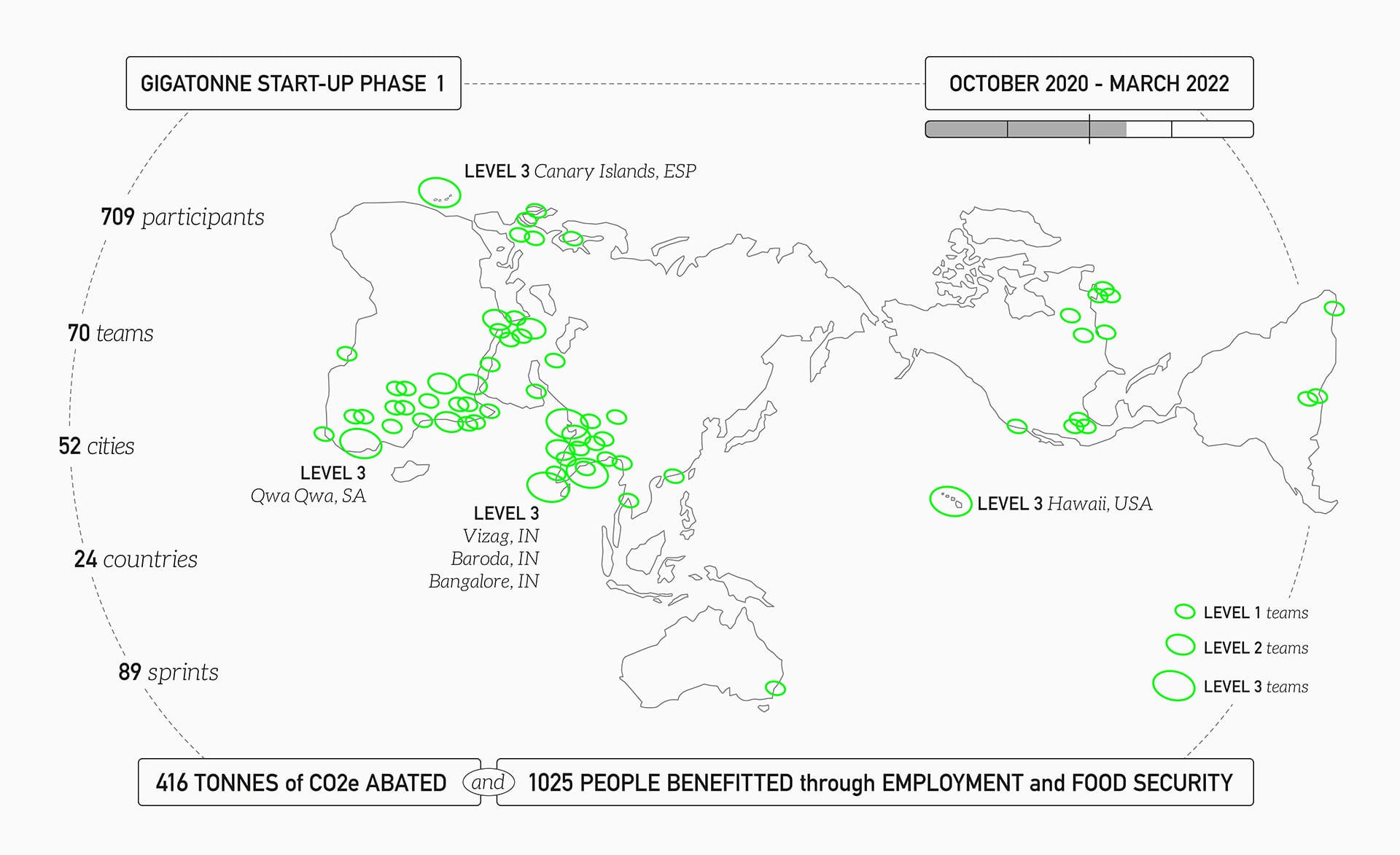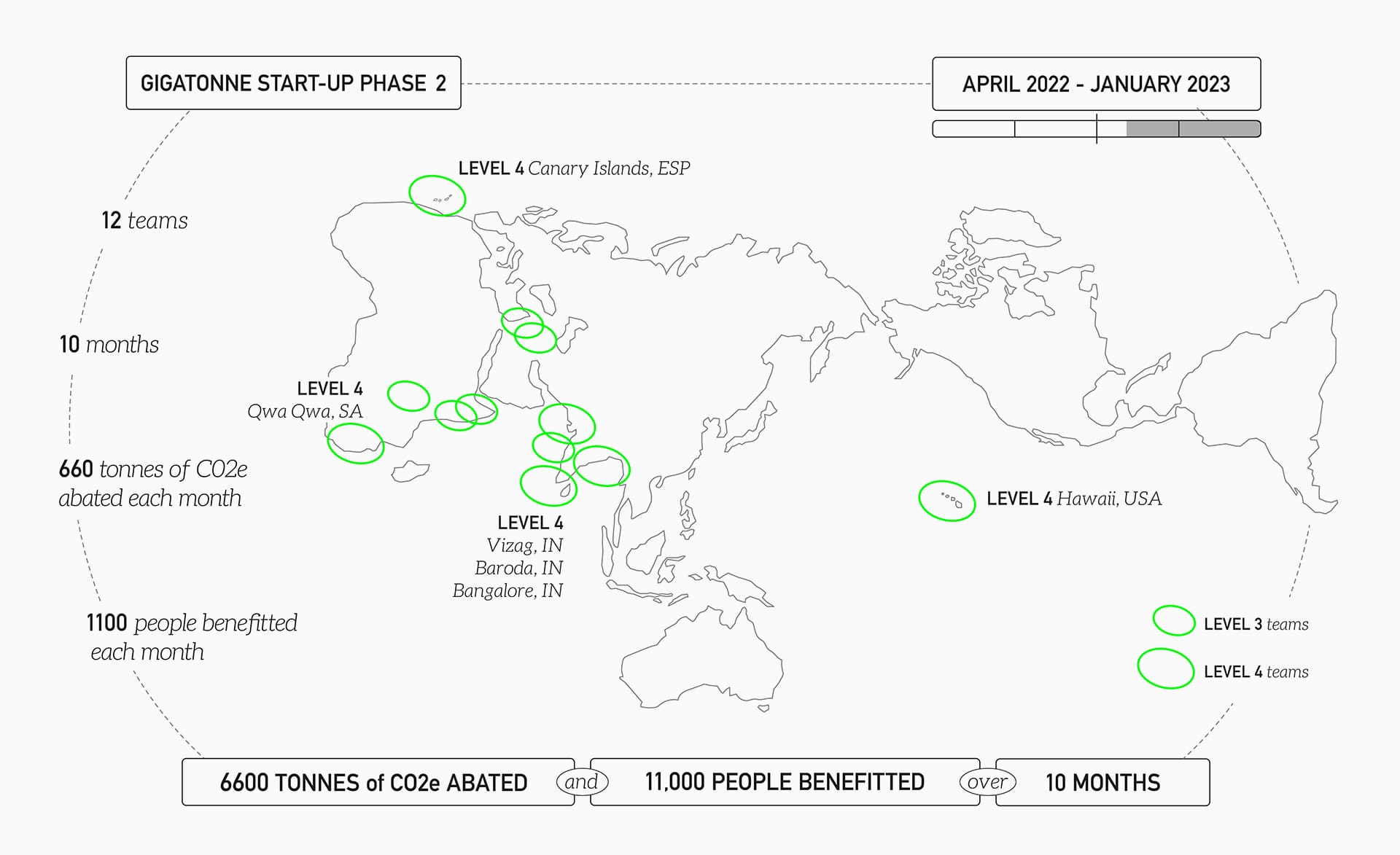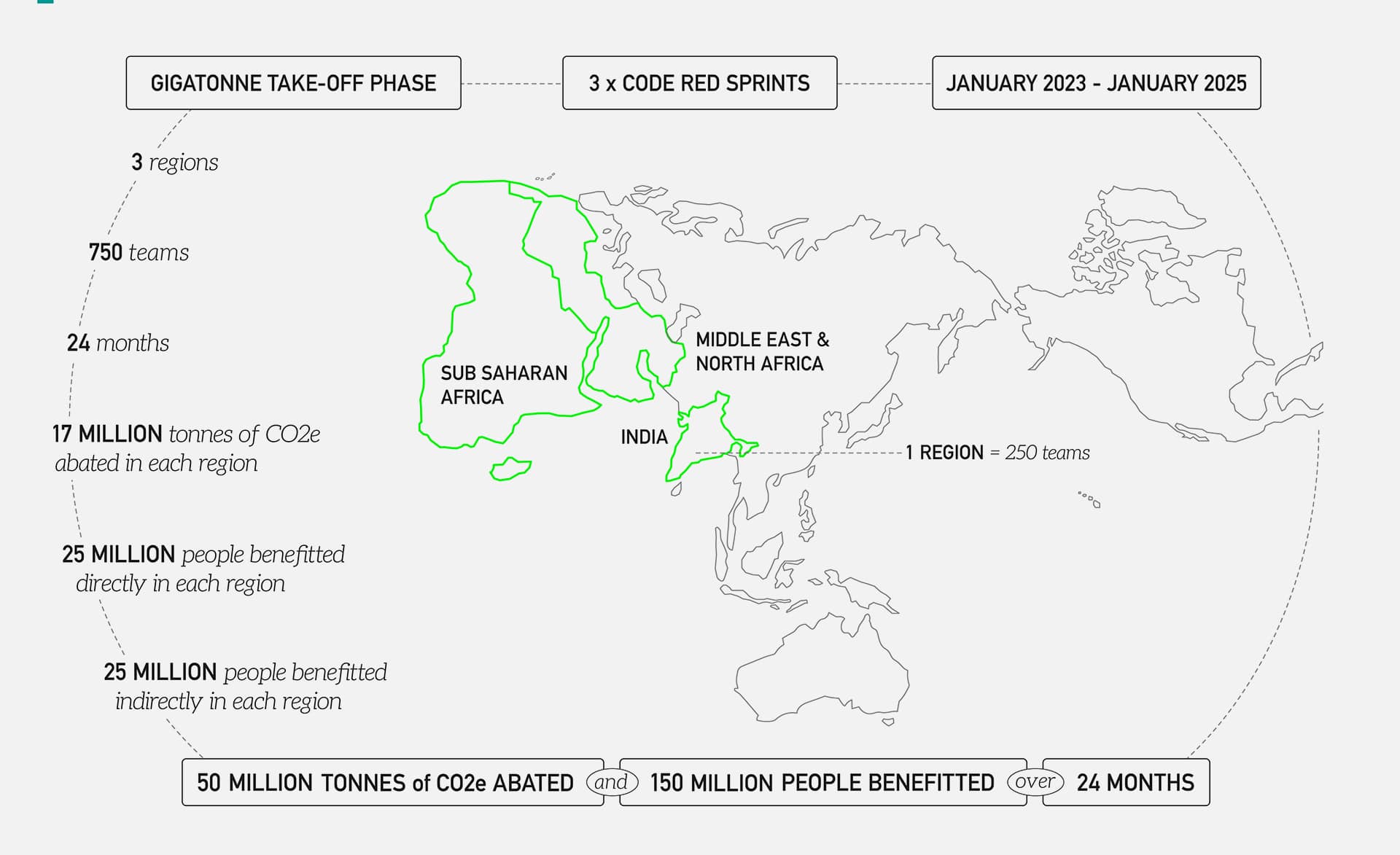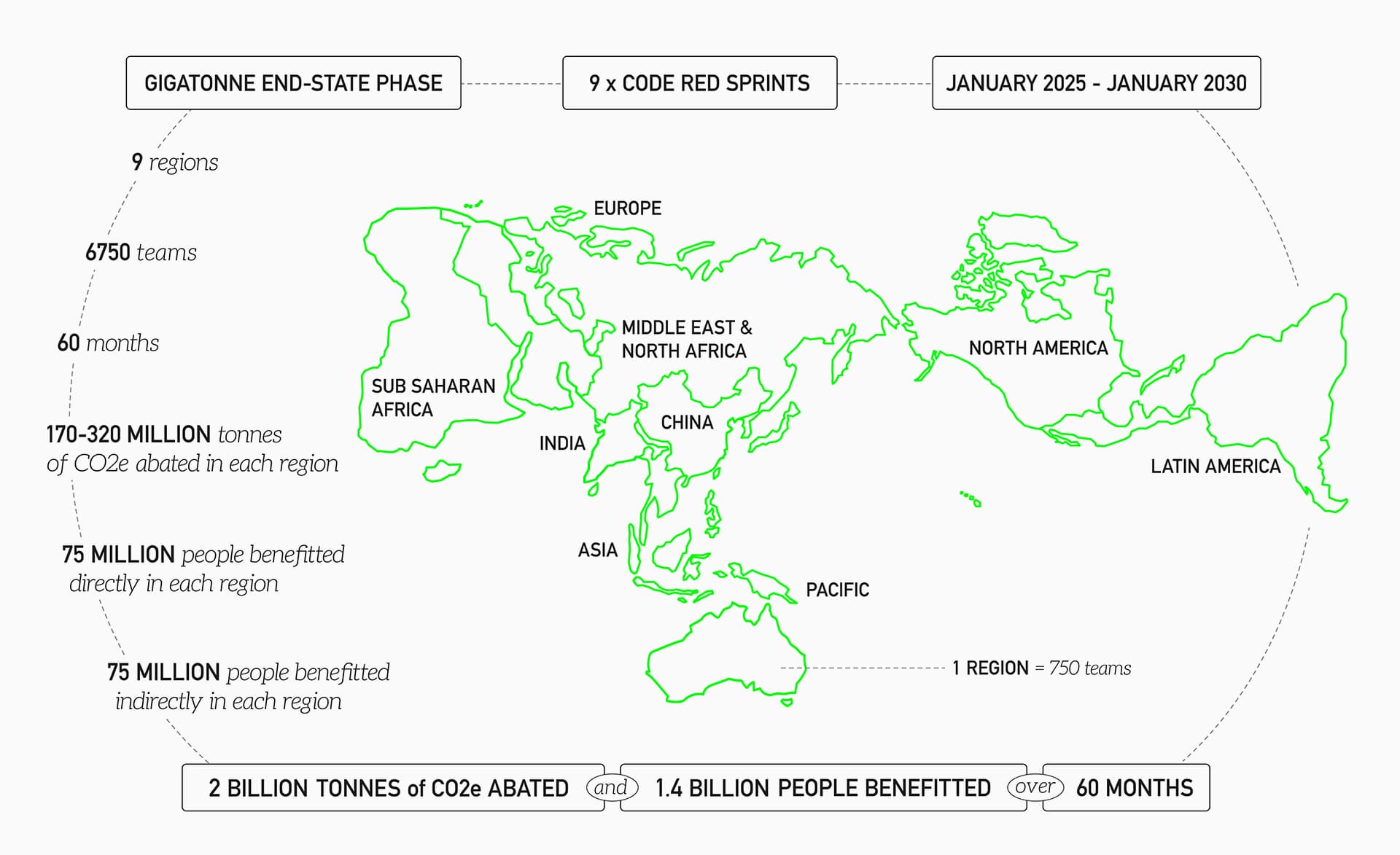The Gigatonne Challenge
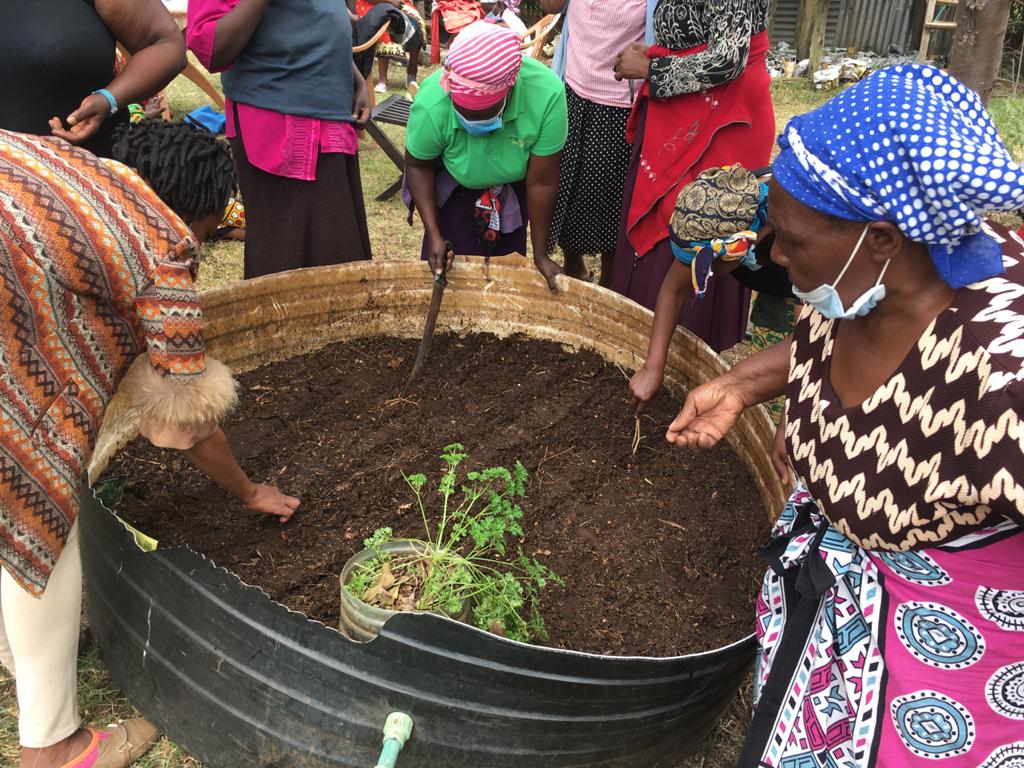
This is where you’ll find more detailed information about the Gigatonne Challenge. Please check the list of documents in the sidebar.
The Gigatonne Challenge as a strategy has three phases.
Completing these three phases results in employment for millions of people around the world and gigatonne-scale reductions of greenhouse gas emissions.
Learn more about how you can start a Gigatonne Team.
“The Gigatonne Challenge is precisely the type of disruptive initiative we need today.”
Manish Bapna, President and CEO, Natural Resources Defence Council
Key Documents
Podcast
Towards Real Climate Action (with Zaid Hassan and Sweta Daga)
The Math Behind the Gigatonne Challenge
This section explains the logic and the core math behind The Gigatonne Challenge.
A gigatonne is one billion tonnes. Current scientific estimates are that we need to reduce global emissions between 1 to 1.4 gigatonnes of CO2e per year, with emissions needing to peak almost immediately.
This is how that goal can be achieved, while simultaneously benefiting those most vulnerable.
The core math behind the gigatonne challenge follows a power-law. In simple language this means the more teams we have, the more likely it is we achieve our goals.
Here’s how it works.
Our goal is reducing one billion tonnes of CO2e per year while benefiting the most vulnerable.
“In statistics, a Power Law is a functional relationship between two quantities, where a relative change in one quantity results in a proportional relative change in the other quantity, independent of the initial size of those quantities: one quantity varies as a power of another.”
Source: Wikipedia
This approach also means that we maximise equity, the more teams we have the more the benefits are decentralised across multiple geographies.
We have run multiple scenarios for the co-investment needed to make gigatonne-scale reductions. This is the only approach where the math adds up. We have set 7 performance levels for Gigatonne Teams.
These performance levels include temporal, abatement and equity targets. Teams graduate to a new level once they meet the standards for a level.
From Level 3 all teams are financed.
Phase Three
End-State (48-60 months)
The End-State Phase involves extending Code Red Sprints to nine regions around the world, with approximately 750 teams participating per region.
The goal is for teams to reach a “Steady-State” where they are reducing emissions steadily across multiple domains, from energy efficiency to renewables to food and transport.
Become a Supporter
Please contact us for more details on how you can partner and support the Gigatonne Challenge.


